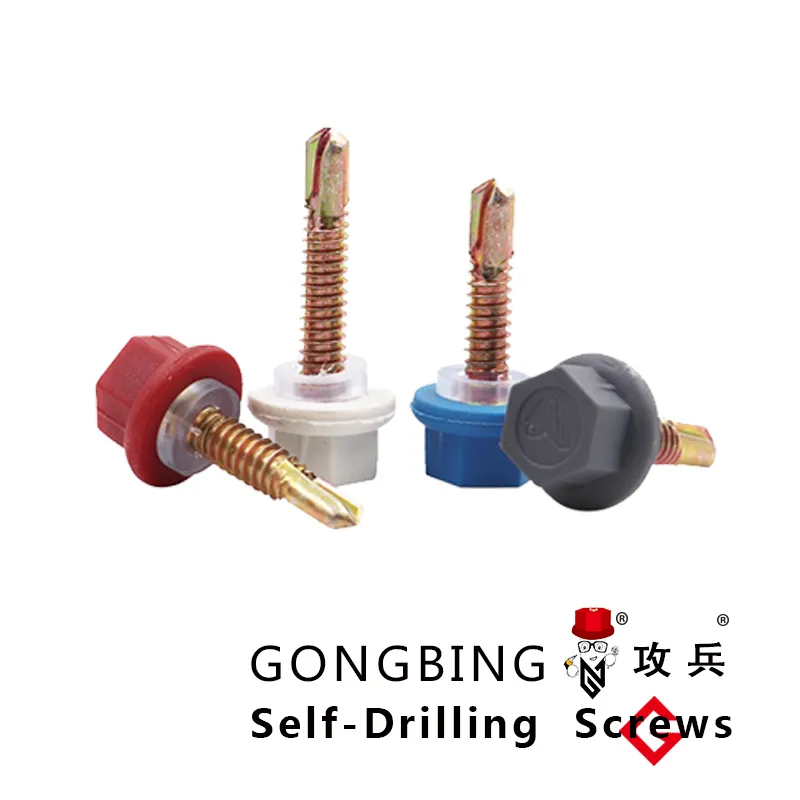M10 Hex Head Bolts for Reliable Fastening in Various Applications
Understanding M10 Hex Head Bolts Features and Applications
M10 hex head bolts are integral components in various engineering and construction applications. Renowned for their strength and versatility, these bolts are commonly used in machinery, automotive components, and structural assemblies. In this article, we will explore the features, applications, and advantages of M10 hex head bolts, illuminating why they are a preferred choice for many professionals.
What are M10 Hex Head Bolts?
The designation M10 refers to the nominal diameter of the bolt, which is 10 millimeters. Hex head bolts are characterized by their hexagonal head, designed for easy gripping and turning with a wrench. This shape allows for effective torque application, ensuring secure fastening. M10 bolts typically come in various lengths, finishes, and materials, including carbon steel, stainless steel, and alloys, allowing for compatibility with different applications and environments.
Key Features
1. Strength and Durability M10 hex head bolts are engineered to withstand significant tension and shear forces, making them suitable for heavy-duty applications. Depending on the grade of the bolt—such as 8.8, 10.9, or 12.9—these bolts can support substantial loads. The higher the grade, the stronger the bolt.
2. Ease of Use The hexagonal head design allows for the use of standard tools like wrenches and sockets, making M10 bolts user-friendly. This feature is crucial in construction and manufacturing, where time and efficiency are paramount.
3. Versatile Applications M10 hex head bolts are widely used in numerous industries, including automotive, aerospace, construction, and machinery. They can secure various materials, from metal to wood, and are often employed in connecting parts of machinery, structural frames, and even in furniture assembly.
4. Corrosion Resistance Depending on the material and finish, many M10 bolts offer excellent resistance to corrosion. For instance, stainless steel M10 bolts are particularly popular in environments exposed to moisture or chemicals, as they maintain their integrity and appearance over time.
Common Applications
M10 hex head bolts are found in a variety of applications across several sectors
m10 hex head bolt

- Automotive Industry In vehicles, M10 bolts are commonly used to attach body panels, secure engine parts, and assemble chassis components. Their high tensile strength is essential for maintaining the integrity of automotive assemblies under stress.
- Construction In building projects, M10 bolts are used to connect structural steel beams, attach fixtures and fittings, and support frameworks. The durability of these bolts ensures that structures can withstand the forces of nature and daily use.
- Machinery Many machines utilize M10 hex head bolts to hold components together securely. This includes everything from industrial machines to household appliances, where reliability is crucial for operation.
Benefits of Using M10 Hex Head Bolts
The advantages of using M10 hex head bolts are manifold
- Cost-Effective M10 bolts provide a high strength-to-cost ratio, making them an economical choice for both small and large-scale projects.
- Availability These bolts are readily available in the market, making procurement easy for professionals and DIY enthusiasts alike.
- Standardization The M10 specification means that these bolts are standardized, facilitating compatibility across various segments of construction and manufacturing.
Conclusion
In conclusion, M10 hex head bolts are essential fasteners that play a pivotal role in ensuring the integrity and stability of structures, machines, and vehicles. Their strength, versatility, and ease of use make them a favorite among engineers, constructors, and mechanics. Whether you are embarking on a new building project or repairing machinery, understanding the features and applications of M10 hex head bolts will undoubtedly enhance your success in achieving reliable and durable results.
-
Weatherproof Plastic Expansion Anchors for OutdoorNewsJun.06,2025
-
Sustainability in the Supply Chain: Eco-Friendly TEK Screws ProductionNewsJun.06,2025
-
Load-Bearing Capacity of External Insulation FixingsNewsJun.06,2025
-
Double Head Bolts: Enhancing Efficiency in Industrial MachineryNewsJun.06,2025
-
Corrosion Resistance in Chipboard Screws: Coatings for Wholesale DurabilityNewsJun.06,2025
-
Butterfly Toggle Bolts : Enhancing Structural ResilienceNewsJun.06,2025
